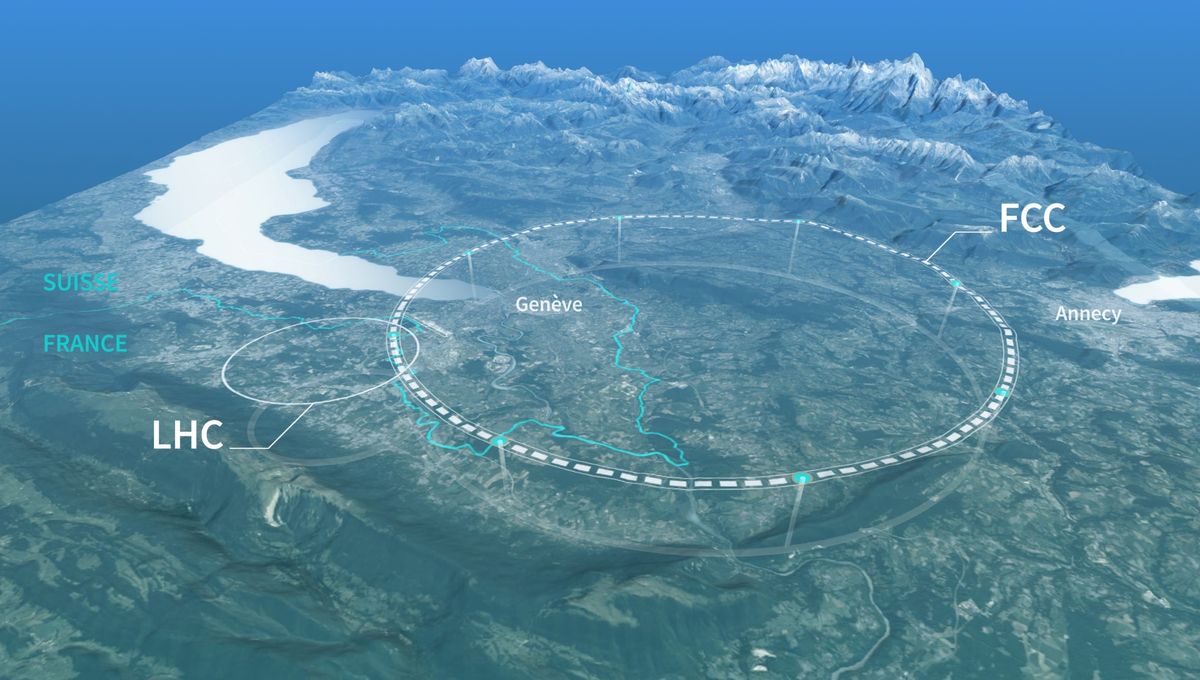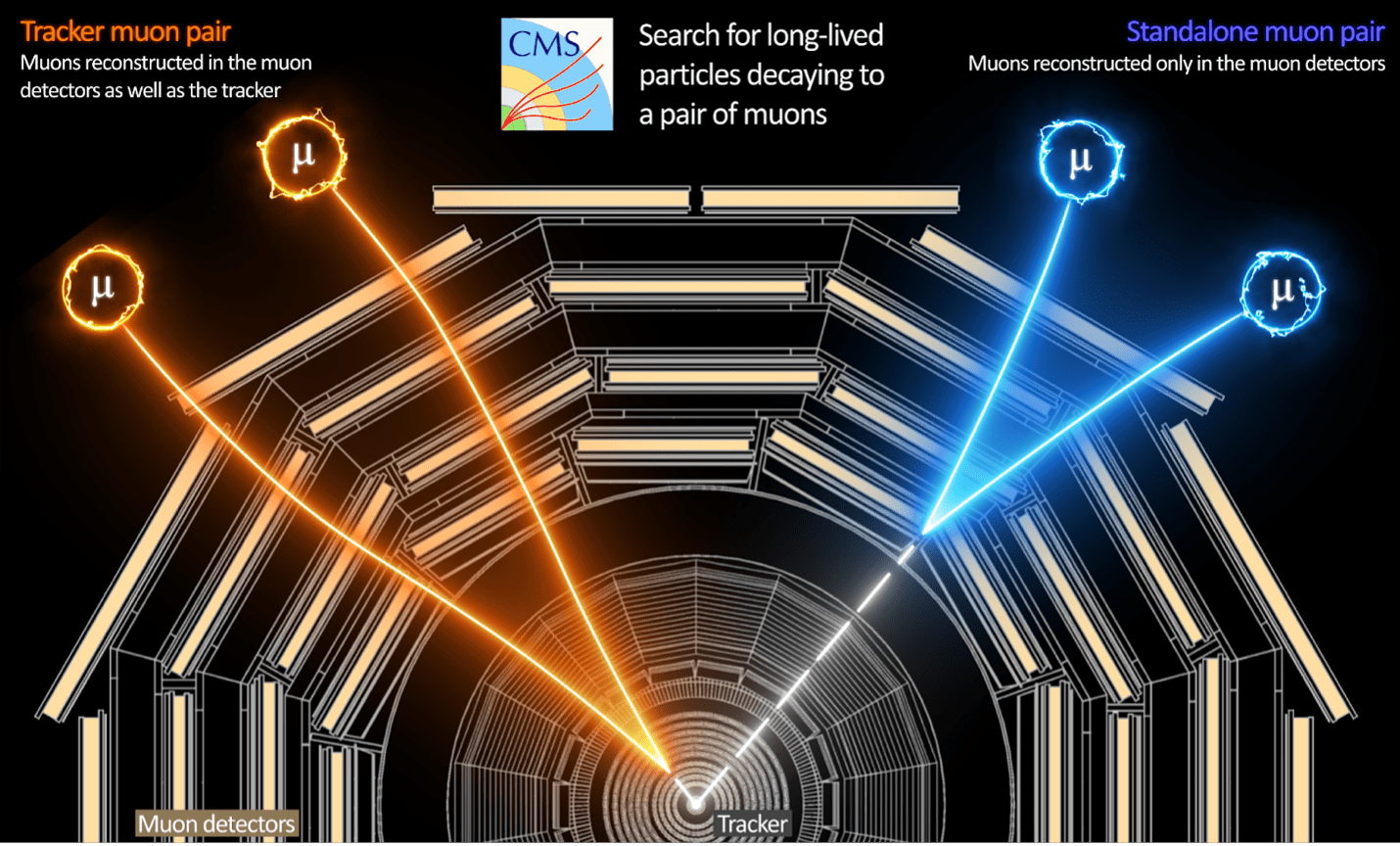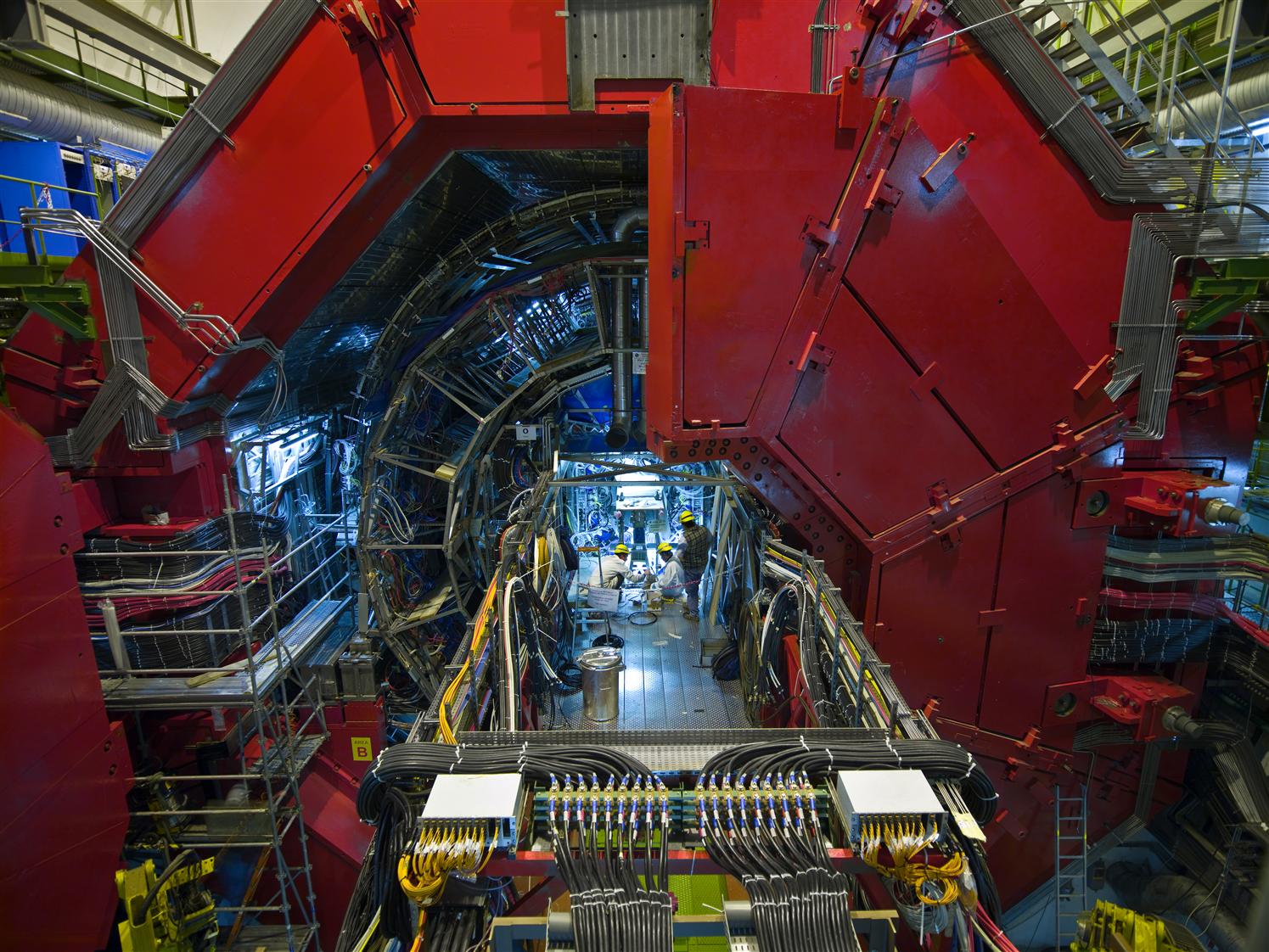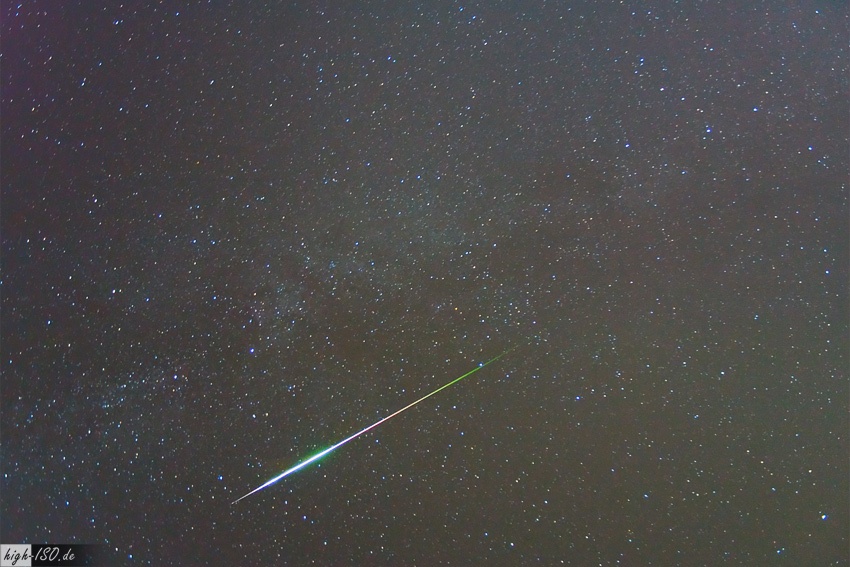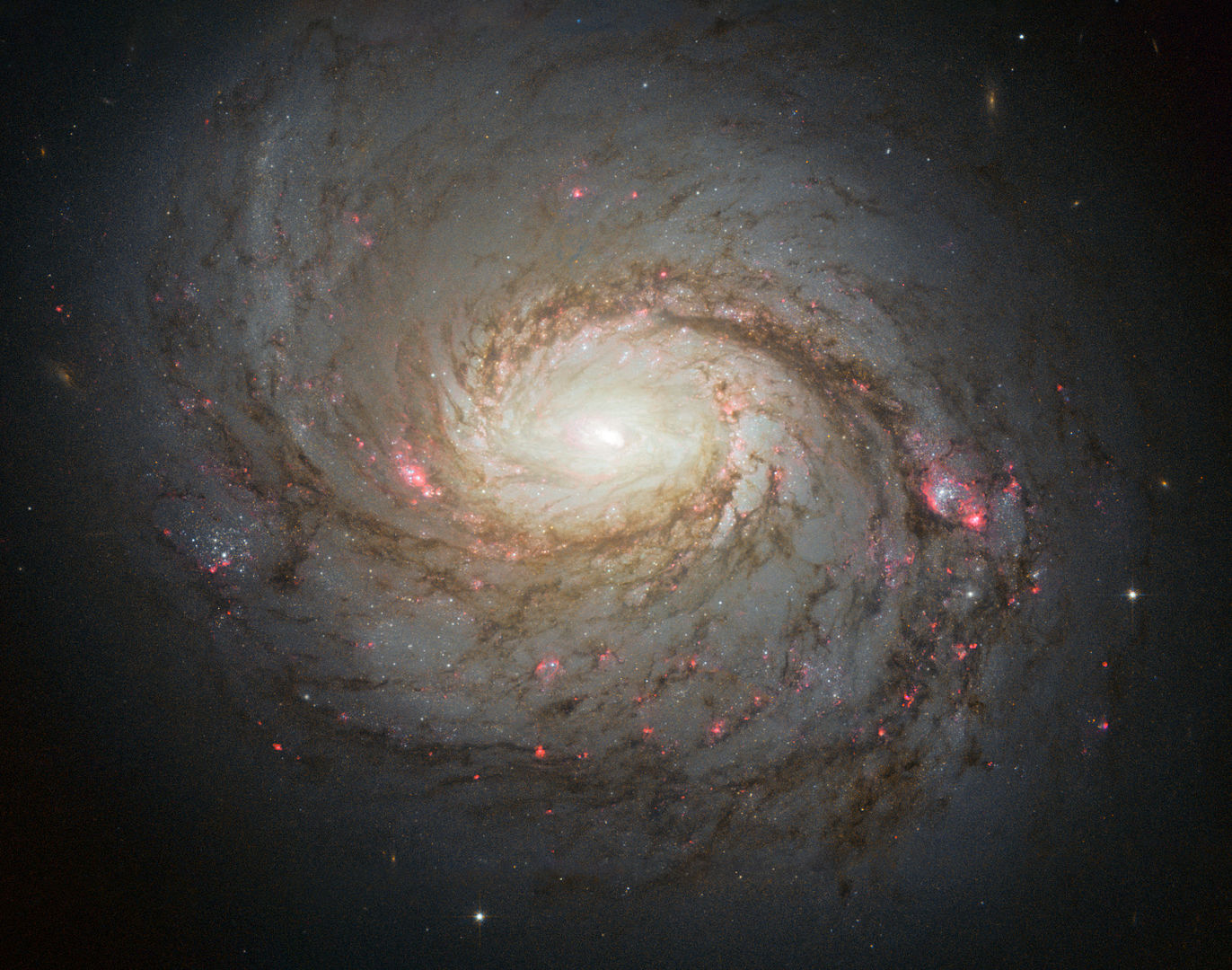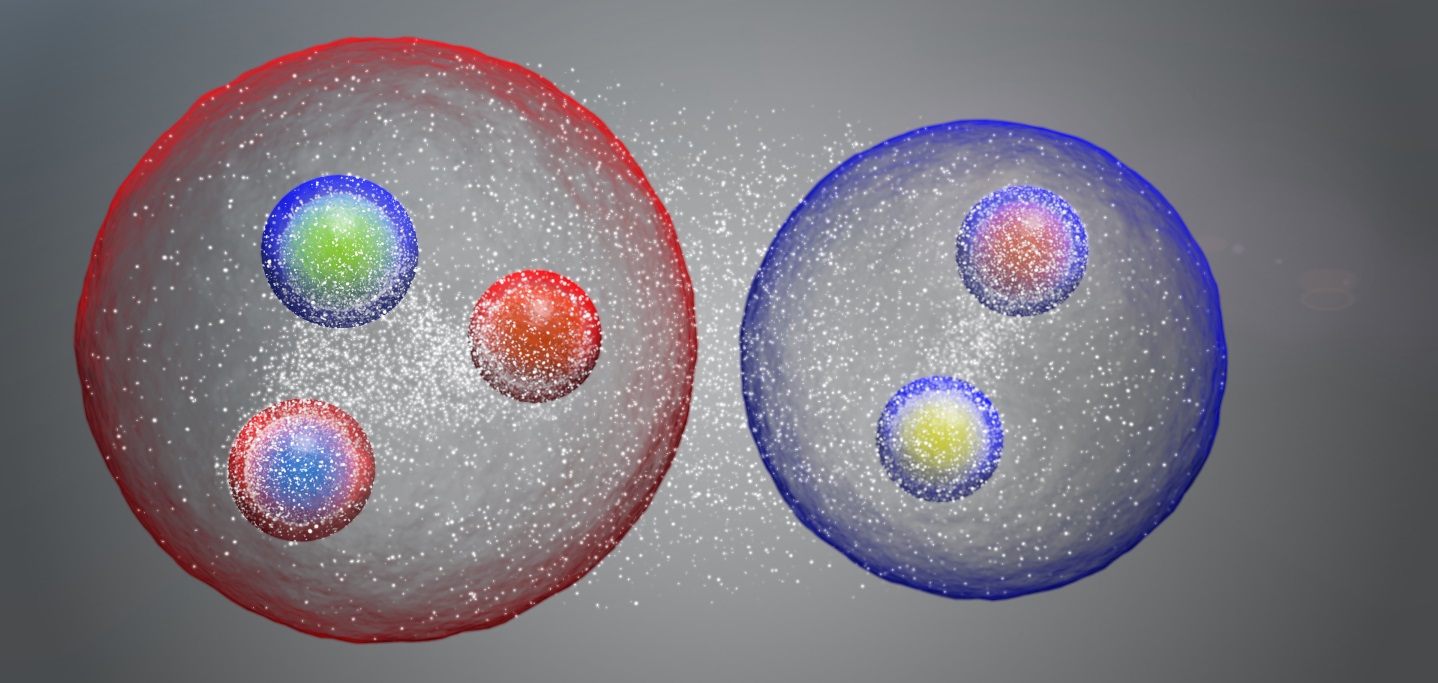Particle physics is not everyone’s cup of tea. A team of physicists have theorised the existence of a strange type of particle that behaves differently depending on its direction of travel—massless in one direction but possessing mass when moving the other way! This strange, elusive particle, known as a semi-Dirac fermion or “quasiparticle,” has actually been observed in action. To detect it, researchers cooled a semi-metal crystal to near absolute zero, exposed it to a powerful magnetic field and infrared light, and successfully captured the signal of these unusual quasiparticles.
This Particle Only Has Mass When Moving in One Direction




